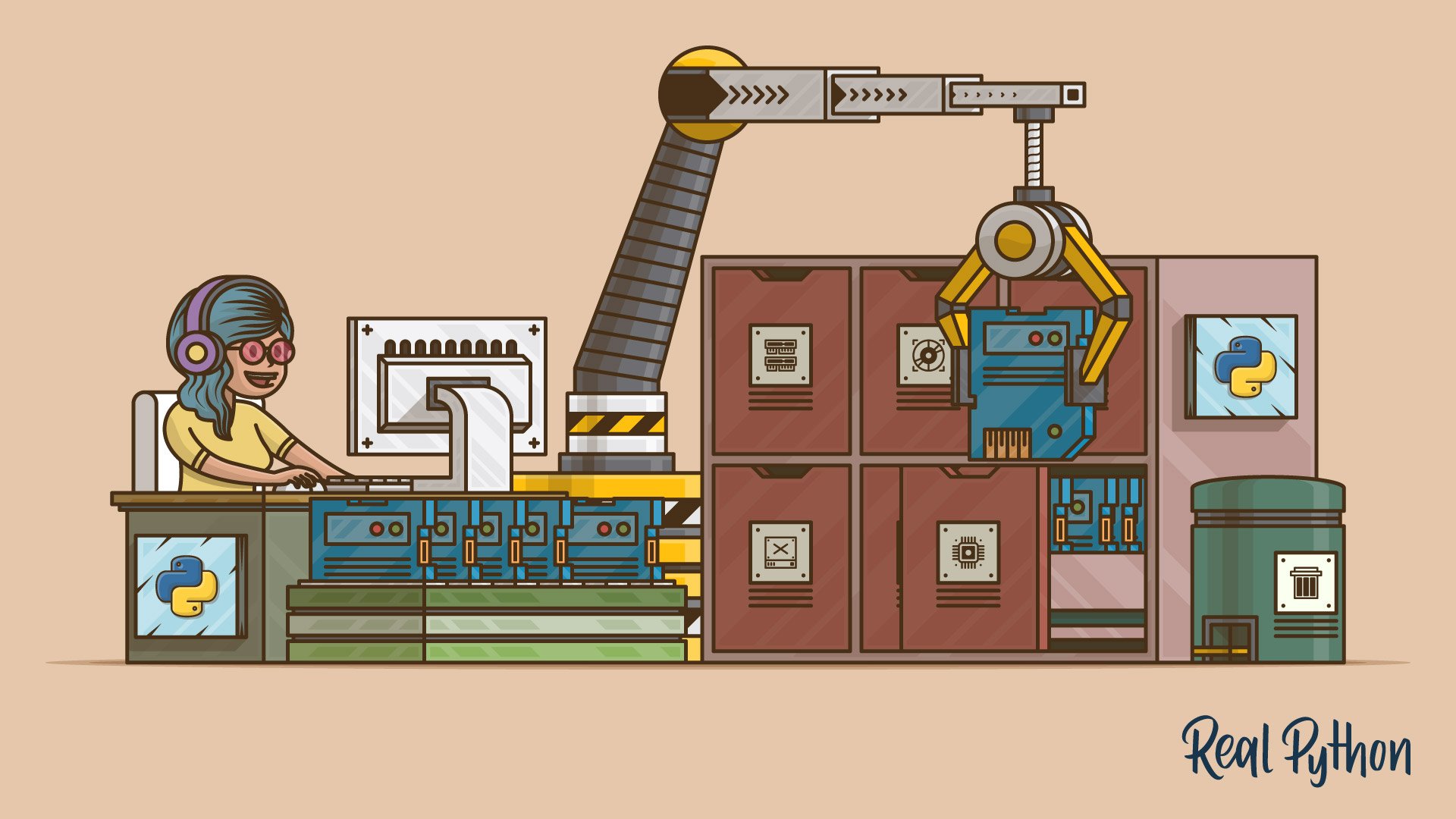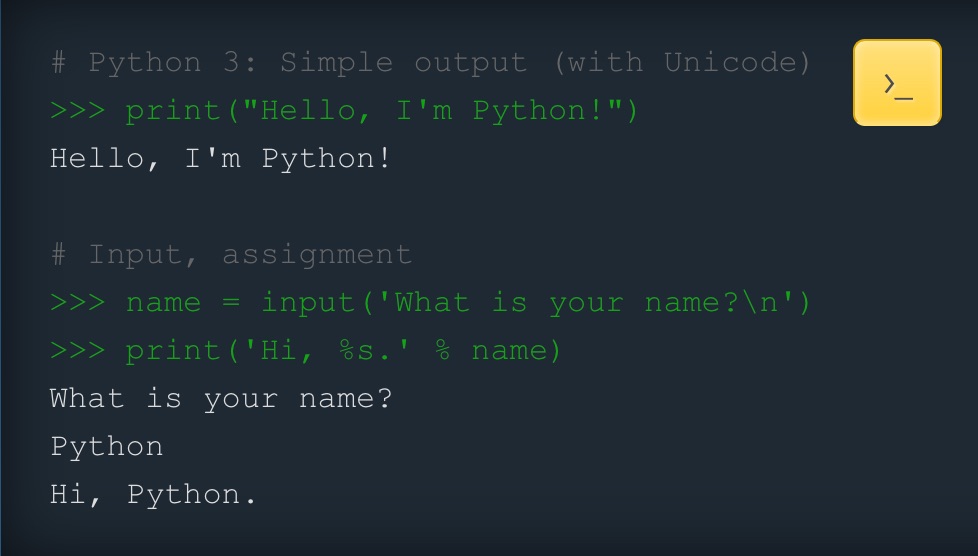
Introduction to Python
Python is a high-level programming language that has revolutionized the way we approach software development, web development, data analysis, and more. Created by Guido van Rossum in 1991, Python has become an essential tool for developers, data scientists, and automation experts alike.
What Makes Python So Special?
Python’s popularity stems from its unique combination of features. It’s free and open-source, making it accessible to everyone. It supports object-oriented programming, which enables organized and reusable code. Debugging is a breeze, thanks to Python’s clear syntax and error messages. Plus, it has libraries like Tkinter that support graphical user interfaces. Python is platform-independent, meaning it can run on various operating systems, including Windows, macOS, and Linux.
Easy to Learn and Use
One of Python’s most significant advantages is its simplicity. The syntax is straightforward, making it an excellent choice for beginners. The large and active community provides extensive documentation and support, ensuring that you’re never stuck. Python programs are portable and scalable, allowing you to work on large-scale projects with ease.
 Python’s simplicity and versatility have made it a favorite among developers and data scientists.
Python’s simplicity and versatility have made it a favorite among developers and data scientists.
Getting Started with Python
To check if Python is already installed on your system, use the following command in the terminal:
python --version
If Python is not installed, you can download and install it from the official website: Welcome to Python.org
After installation, save your Python files with the .py extension.
Understanding Interpreters and Compilers
In Python, an interpreter is used to convert programming language into machine language. But what’s the difference between an interpreter and a compiler? A compiler translates the entire source code of a program into machine code before execution, resulting in a standalone executable. An interpreter, on the other hand, translates and executes the source code line by line, without producing a separate executable file.
 Compilers offer faster runtime performance, but slower development cycles. Interpreters provide quicker development cycles, but slower execution speeds.
Compilers offer faster runtime performance, but slower development cycles. Interpreters provide quicker development cycles, but slower execution speeds.
Memory Management in Python
In Python, the private heap space is a dedicated area of memory where all Python objects and data structures are stored. This heap is managed by Python’s memory manager, which ensures efficient allocation, deallocation, and garbage collection.
 Python’s memory manager handles the allocation and deallocation of memory in the private heap.
Python’s memory manager handles the allocation and deallocation of memory in the private heap.
Python’s memory manager includes object allocators, a garbage collector, and memory pools. The private heap space is divided into pools, which are further subdivided into blocks of fixed sizes. Each pool is dedicated to objects of a specific size, minimizing fragmentation and enhancing memory operations.
Conclusion
Python is an incredibly powerful and versatile language that has become an essential tool in the world of software development, data analysis, and automation. Its simplicity, scalability, and large community support make it an ideal choice for beginners and experts alike.
 Python’s simplicity and versatility have made it a favorite among developers and data scientists.
Python’s simplicity and versatility have made it a favorite among developers and data scientists.














